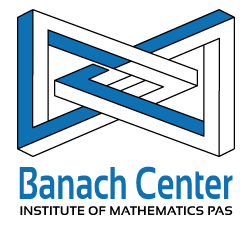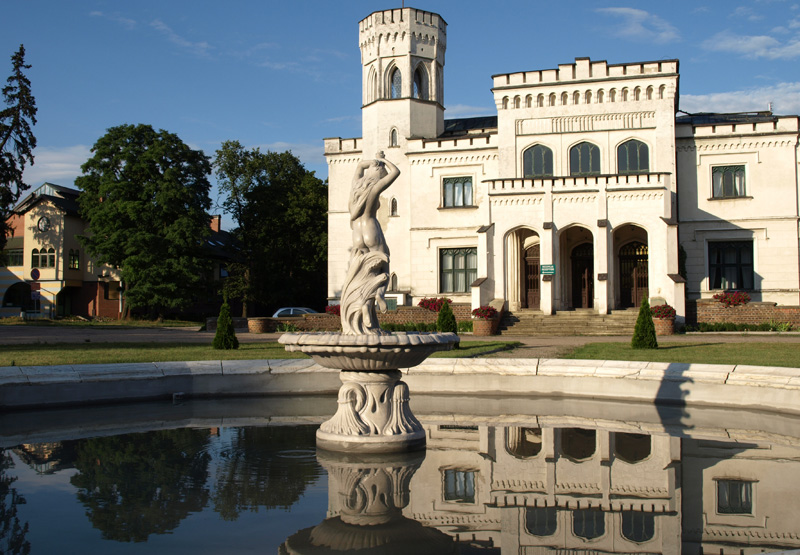
7th Euro-Japanese Workshop on Blow-up
The Mathematical Research and Conference Center
Będlewo, Poland, September 5-9, 2016


|
7th Euro-Japanese Workshop on Blow-up The Mathematical Research and Conference Center Będlewo, Poland, September 5-9, 2016 |

|
| JAPAN | EUROPE |

|

|
BSQTDE (Bratislava School of the Qualitative Theory of Differential Equations) 
|